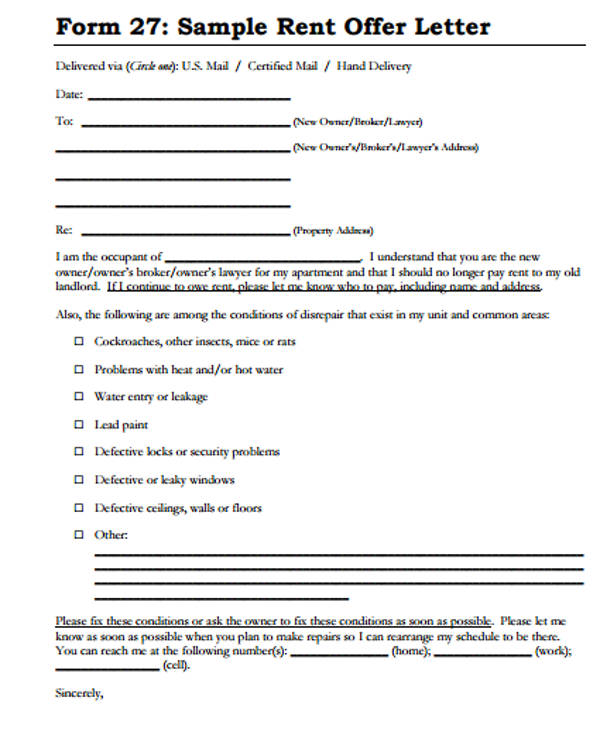

- Multipatch patching accepted format Patch#
- Multipatch patching accepted format software#
- Multipatch patching accepted format windows#
Multipatch patching accepted format Patch#
Learn more about this in our post on best practices in patch management. Integration with external vulnerability scanning and assessment tools such as Rapid7 Nexpose, Tenable Nessus, or Qualys, provides an in-depth assessment and report of discovered vulnerabilities, which a patch management platform should be able to act on automatically or semi-automatically (i.e., awaiting human approval). An enterprise-grade patch management platform should be able to automatically create tickets - for example, for patch deployment approvals or patch-related incidents - in the organization’s ITSM, such as ServiceNow, JIRA, and CA Service Desk Manager. Patch management is not an island in the enterprise IT world. Next on our patch management checklist is an importan,t but often overlooked capability: integration with ITSM. Integration of Patch Processes with the Organization’s ITSM System An enterprise-grade patch management system should intelligently aggregate patches based on endpoint and severity, and roll out more efficient multi-patch workflows by server groups and maintenance windows. Automated Multi-Patch Deploymentīecause of the need for so many patches, deploying each one individually would be time-consuming and inefficient.
Multipatch patching accepted format software#
The ideal patch management software should be able to collect and manage runnable scripts targeted for endpoints by creating tasks and workflows for pre-patching and post-patching activities. They involve many more steps that need to take place before patching, such as backups, and after patching, such as rebooting, testing and rollbacks (if necessary). Proper patch management and vulnerability remediation are about a lot more than simply deploying patches. They should also provide recommendations based on patch severity and possible business impact for proper patch management prioritization.Ĭustomizable Scripts for Pre- and Post-Patching Processes Patch management systems must leverage respected industry vulnerability databases, such as CVE, NIST NVD, as well as vendor-provided databases, to ensure continuous baseline and patch available tracking. Patch Recommendations based on Industry Benchmarking and Baseline Comparisons The result is shorter downtimes while minimizing the length of time vulnerabilities remain unpatched. This can be done by both organizational policies, as well as techniques such as machine learning. Instead of deploying patches individually, the ideal patch management platform should be able to intelligently consolidate the deployment of multiple patches at the optimal time. Such a simulation quickly exposes any potential problems that might occur during the patching cycle.

The most advanced patch management platforms have a “ predictive patching” capability that allows IT teams to run a simulation of the patching process before deploying the actual patch cycle.
Multipatch patching accepted format windows#
This includes different OSs, such as macOS, iOS, Windows or Android, as well as multiple public clouds and hybrid environments. Standardized Patching Process Across Environments: Cloud, On-Premise and Heterogeneous OSsĪ patch management platform should have the ability to define and execute a unified patching process regardless of the environment in which the patches are being deployed.

A good patch management software should have an up-to-the-minute dashboard that shows patching compliance across all the organization’s endpoints, and their compliance with regulatory requirements or the organizations’ own policies. IT, DevOps and the CISO need to know where they stand right now with potential vulnerabilities. Thus, a modern patch management platform should handle all patch management tasks across all environments with a single, visual user interface. The modern enterprise has thousands of servers, numerous server groups, OSs and endpoints of many kinds, such as desktops, laptops, and mobile devices. 15 Patch Management Checklist: What Next? Centralized Patch Management Through a UI


 0 kommentar(er)
0 kommentar(er)
